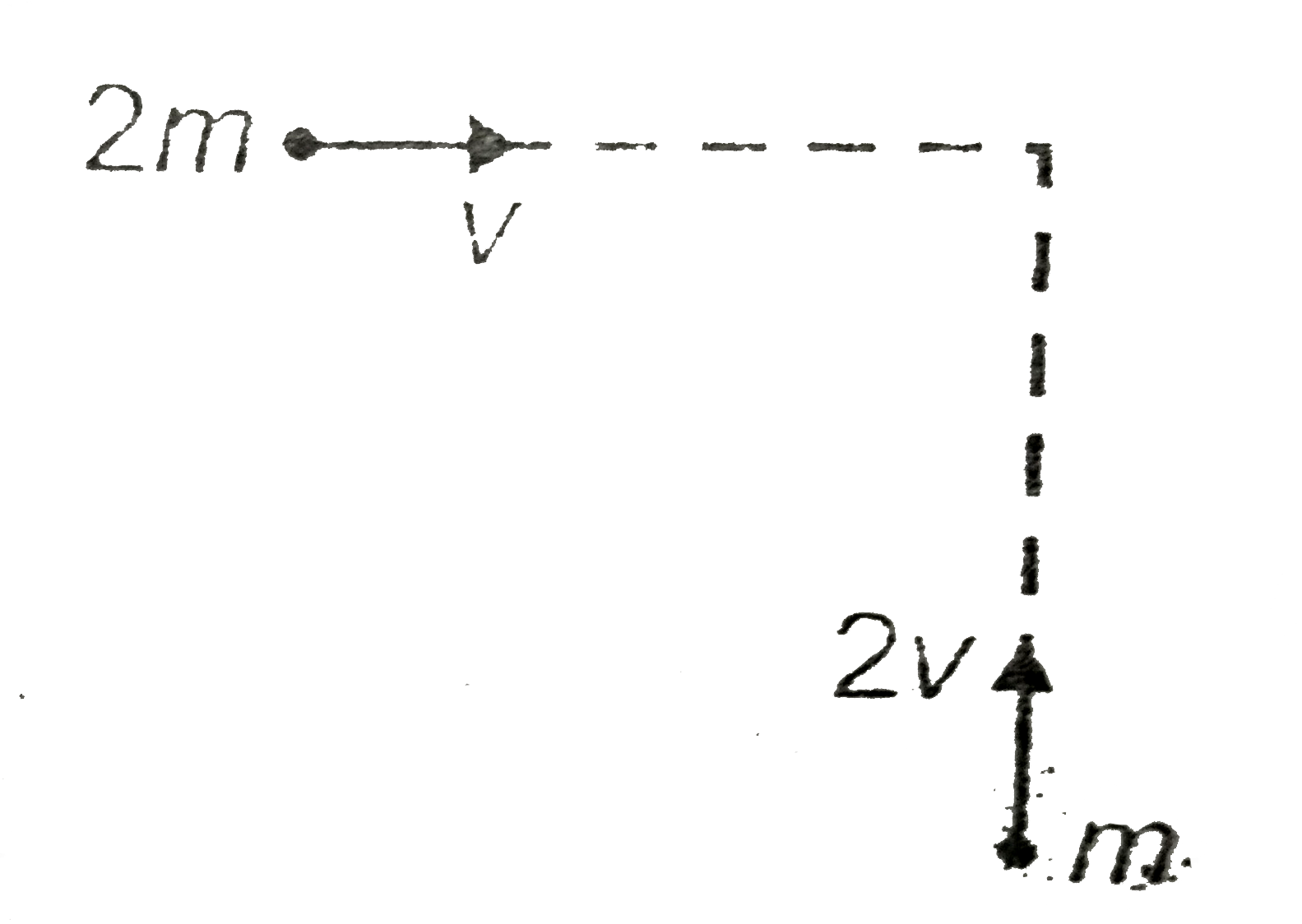An oscillator of mass M is at rest in its equilibrium position in a potential . A particle of massm comes from right with speed u and collides completely inelastically with M and sticks to it. The process repeats every time the oscillator crosses its equilibrium position. The amplitude of oscilllations after 13 collisions is : (M=10, m=5, u=1 ,k=1)
The correct Answer is:C
Step by step video, text & image solution for An oscillator of mass M is at rest in its equilibrium position in a potential V=(1)/(2)k(x-X)^(2). A particle of massm comes from right with speed u and collides completely inelastically with M and sticks to it. The process repeats every time the oscillator crosses its equilibrium position. The amplitude of oscilllations after 13 collisions is : (M=10, m=5, u=1 ,k=1) by Physics experts to help you in doubts & scoring excellent marks in Class 12 exams.
Topper's Solved these Questions
Similar Questions
A particle of mass m moving with speed u collides perfectly inelastically with another particle of mass 2m at rest. Find loss of kinetic energy of system in the collision.
View SolutionA particle of mass m moving with velocity u collides elastically head on with a particle of mass 2m at rest. After collision the heavier particle moves with velocity?
View Solution
Knowledge Check
- Question 1 - Select One
Two particles of same mass m moving with velocities u1 and u2 collide perfectly inelastically. The loss of energy would be :
A1/2m(u1−u2)2B1/4m(u1−u2)2Cm(u1−u2)2D2m(u1−u2)2 - Question 2 - Select One
Two identical mass M moving with velocity u1andu2 collide perfectly inelastically. The loss in kinetic energy is
AM2(u2−u1)2BM2(u21−u22)CM4(u2−u1)2DM4(u21−u22) - Question 3 - Select One
The amplitude of an oscillating simple pendulum is 10 cm and its period is 4 sec . Its speed after 1 sec after it passes its equilibrium position, is
AzeroB0.57 m/sC0.212 m/sD0.32 m/s
Two particles of mass 2m and m moving with speed v and 2v respectively pependicular to each other collides perfectly inelastically, then

Speed of the particles after collisionView SolutionAn object of mass m1 moving with speed v collides with another object of mass m2 at rest and stick to it. Find the impulse imparted to the second object.
View SolutionA block of mass m hangs from a vertical spring of spring constant k. If it is displaced from its equilibrium position, find the time period of oscillations.
View SolutionA particle of mass m and speed u collides elastically with the end of a uniform rod of mass M and length L as shown. If the particle comes to rest after collision, find mM
 View Solution
View SolutionA particle executing SHM has a frequency of 10 Hz when it crosses its equilibrium position with a velocity of 2πm/s. Then the amplitude of vibration is
View Solution

